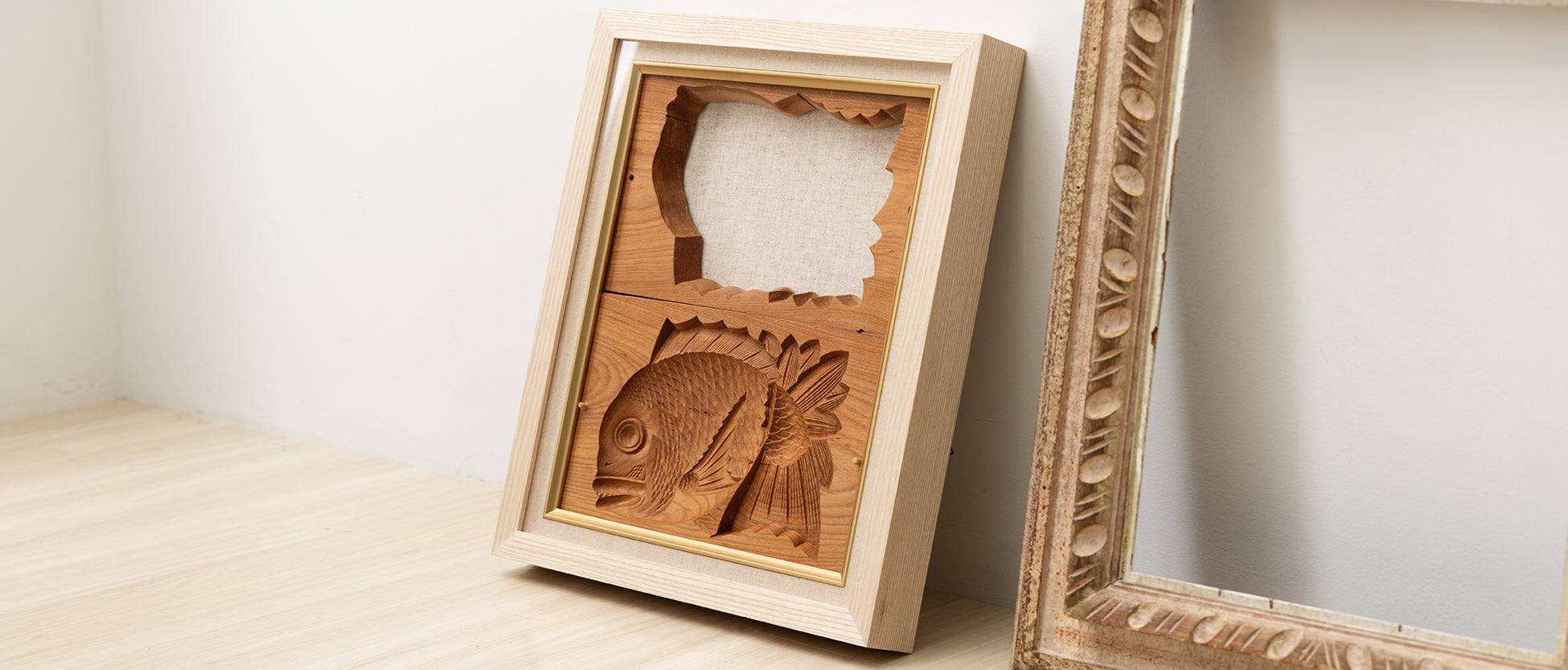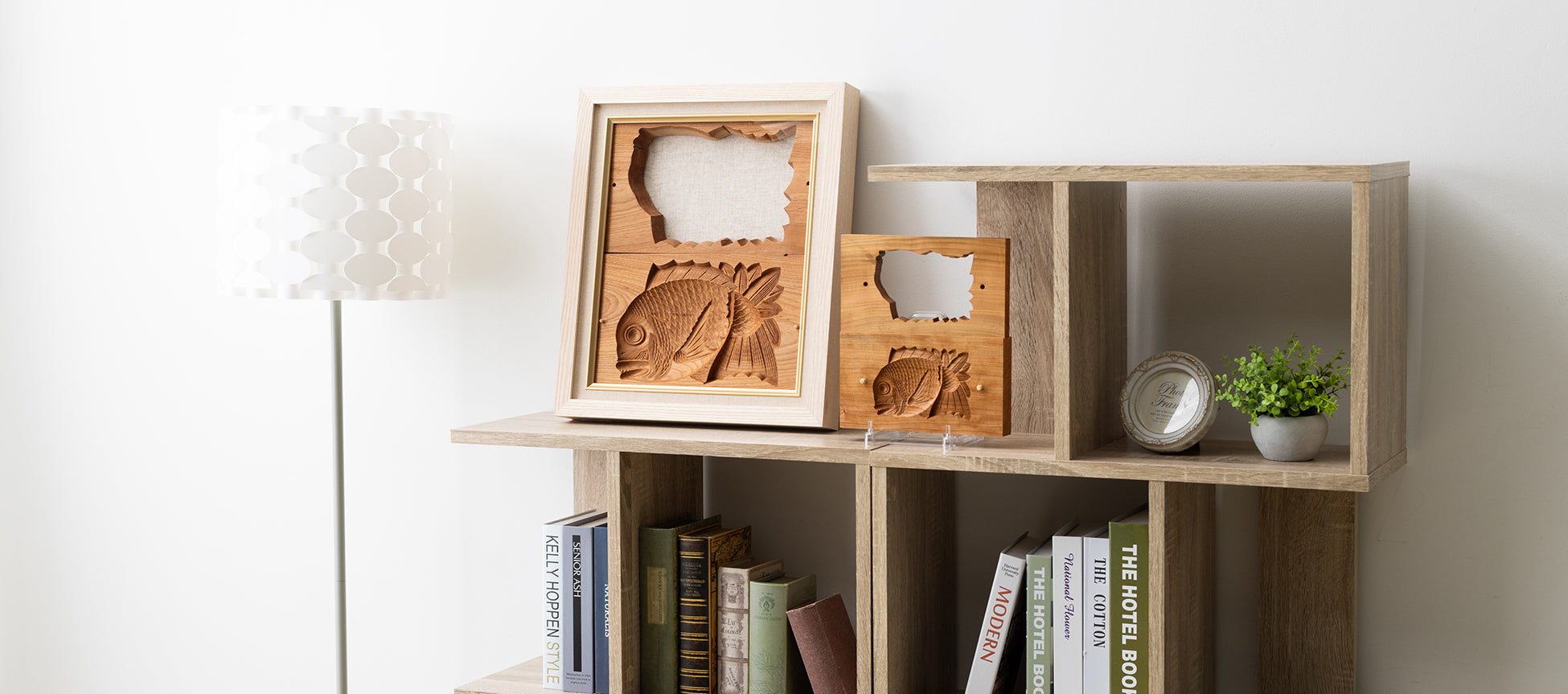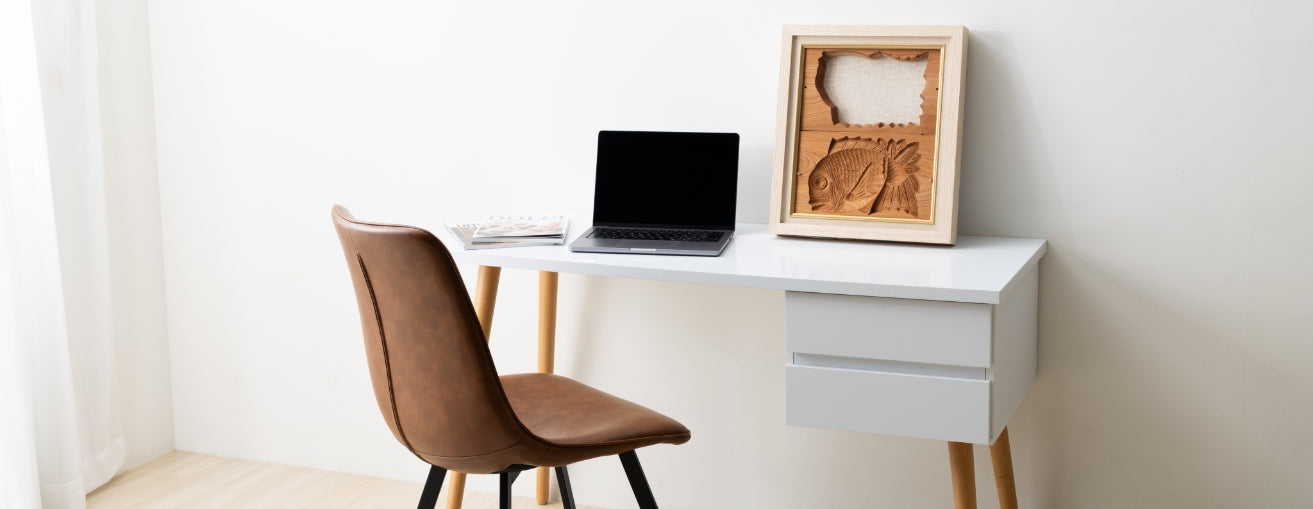WOODEN MOLDS FOR JAPANESE CONFECTIONERY AND 3D SCANNING AS A MEANS OF INHERITANCE
1. wooden molds for wagashi
A wooden mold is a tool for making wagashi that is said to have originated in the Edo period.
Various designs, such as flowers and scenes, are carved into the wood symmetrically, with the convex and concave sides reversed, and two pieces are stacked on top of each other.
One of the most representative wagashi made with wooden molds is rakugan, a graceful and elegant confectionary said to have gotten its name from "geese flying down from the sky. The wooden mold is an indispensable tool for making rakugan, which are made by mixing rice flour or other grain flour with sugar and punching it out.
There are various shapes of wooden molds, such as a feather board with a handle, a frame, or a combination of the two. The craftsmen's skills are concentrated in the wooden forms, which are made of 100-year-old cherry wood and delicately carved one by one using a variety of chisels and carving knives to create elaborately designed designs. In particular, many wooden patterns from the Edo period have high artistic value and are still carefully preserved in long-established confectionery shops.
Nowadays, the number of wood mold craftsmen is decreasing, and it is said that there are only 5 to 6 craftsmen who specialize in this field. Furthermore, it has become difficult to obtain the best aged cherry wood for wooden molds. Nevertheless, there is now a method of preservation called 3D scanning, in order to pass on to future generations the wagashi culture of wooden patterns made with traditional skills and techniques that have been handed down for more than 100 years.
*1Ding: The unit for counting wooden molds is "Chou".
-
2. as an old wooden form
Many of them have been in production for more than 30 years, and those that were not warped or distorted in the beginning have become deformed over time.
3D scanning is used to create data on the shape as it is, and the deformed parts are left as they are.
The pain and discoloration caused by years of use are the history of the store and also its tradition. Therefore, we do not modify the original wooden pattern in any way and leave it as 3D scan data for posterity. -
3. as a new wood pattern
From the 3D scan data, we create a new wooden form for the duplicate after processing the data for processing.
In this case, as mentioned above, warping and distortion are reflected as they are, but considering the value of using it as a wooden form, we adjust the surfaces of the body and lid so that they are as level as possible.
(This is not a guarantee that there will be no gaps.)
Therefore, the dimensions of the length x width x height may be slightly modified from the old wooden pattern.
Also, the dowels may be repositioned or resized.
-
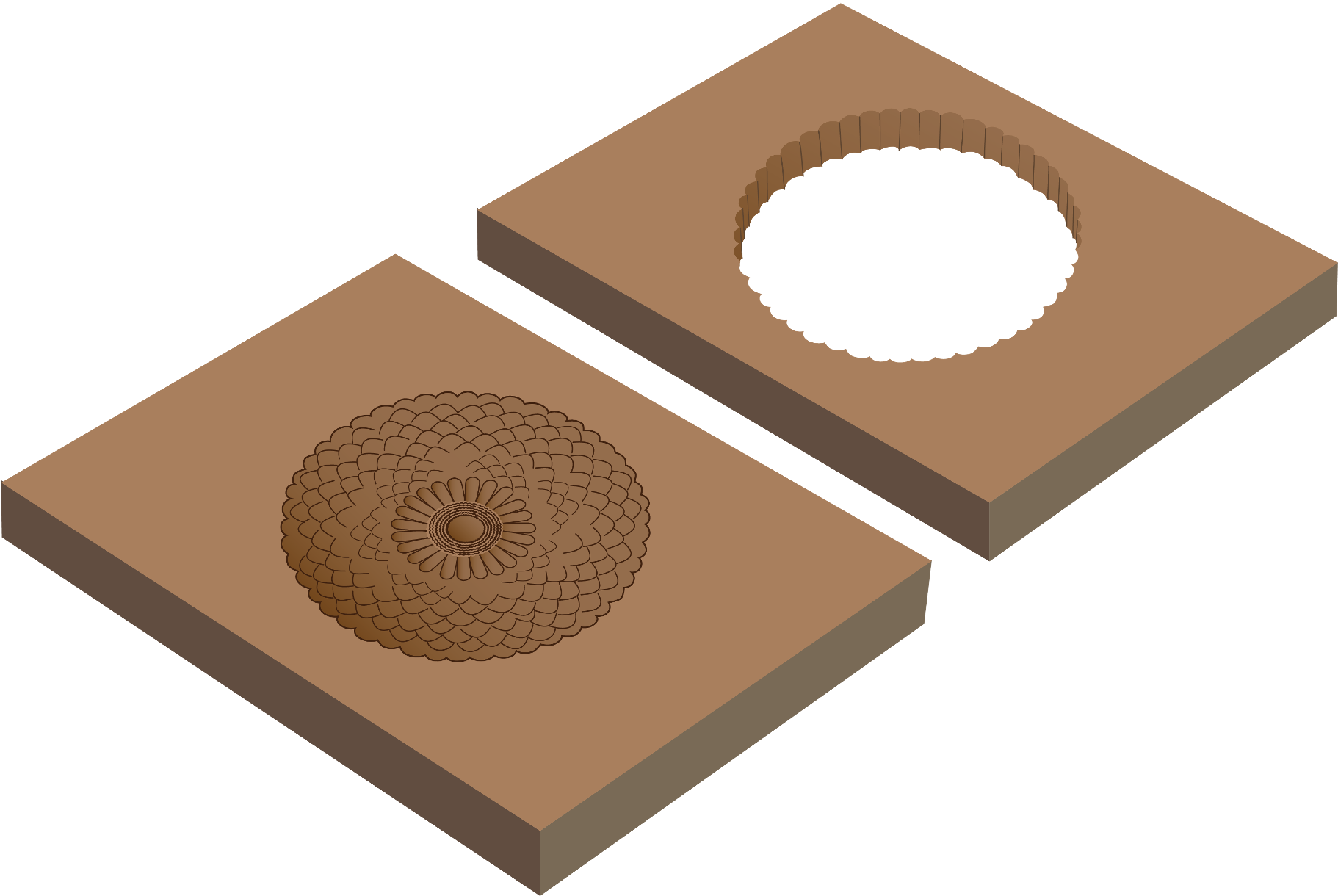
chrysanthemum (Chrysanthemum morifolium)
-
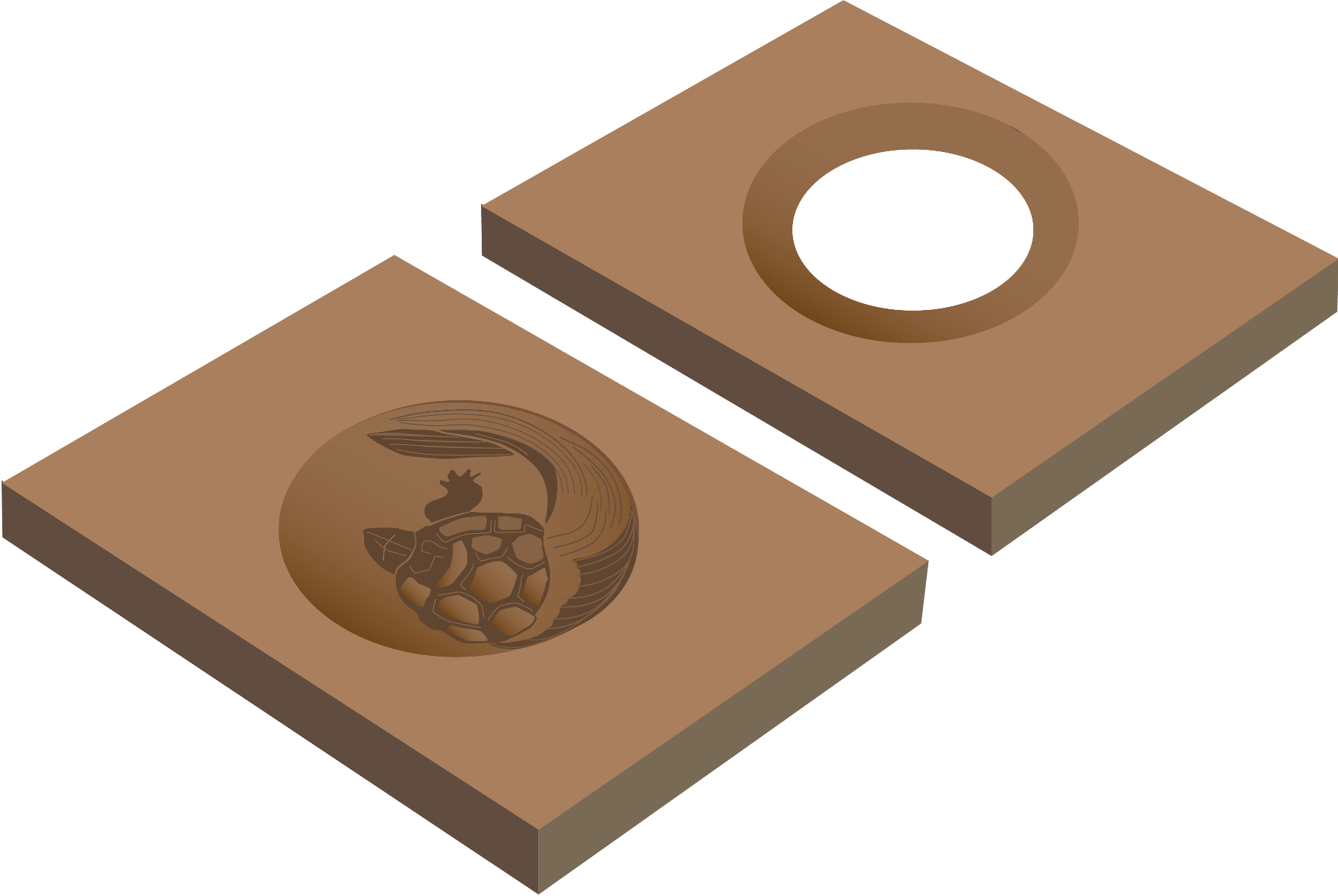
turtle
-
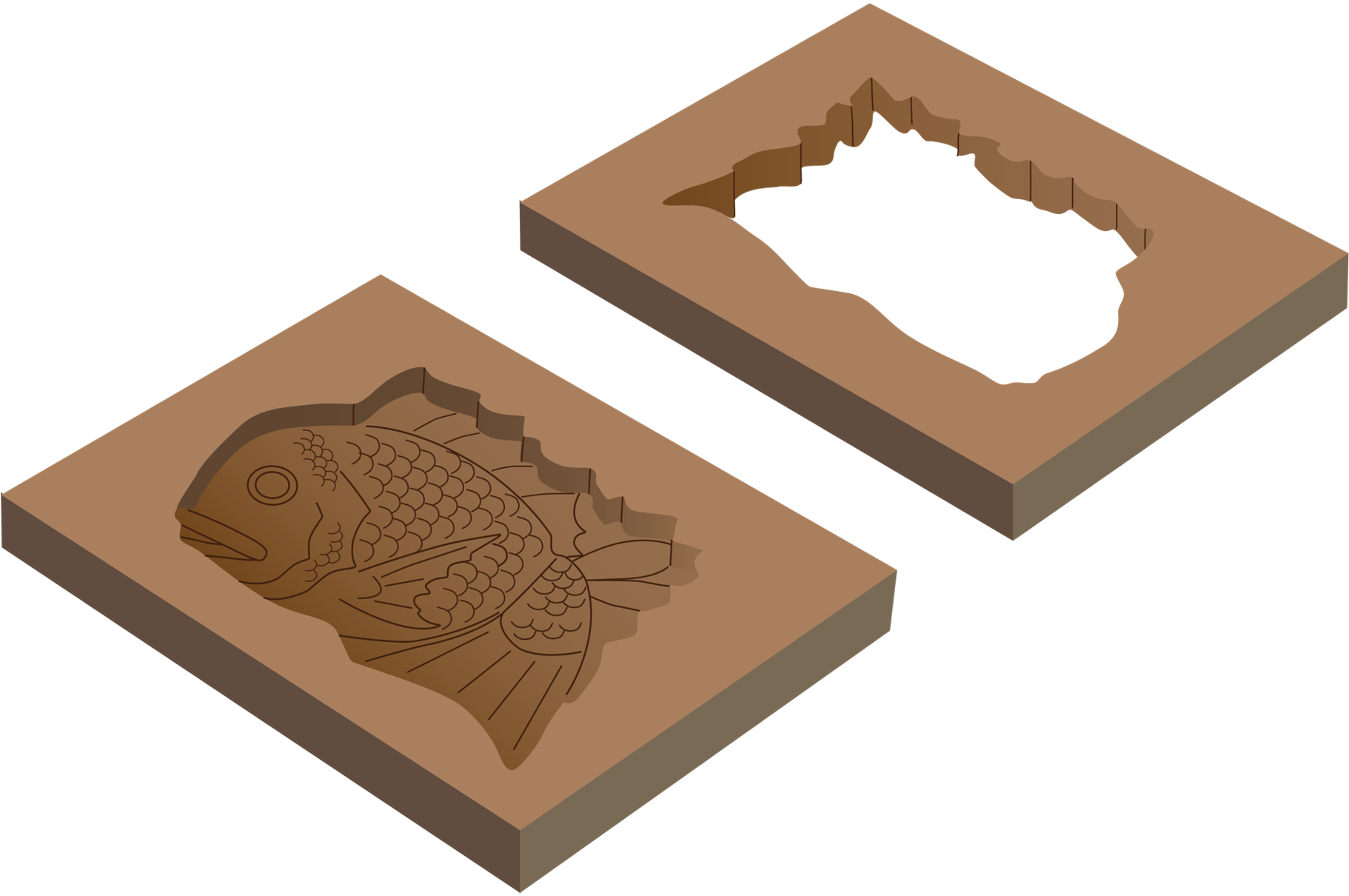
tai (species of reddish-brown Pacific sea bream, Pagrus major)
-

Chinese plum
-
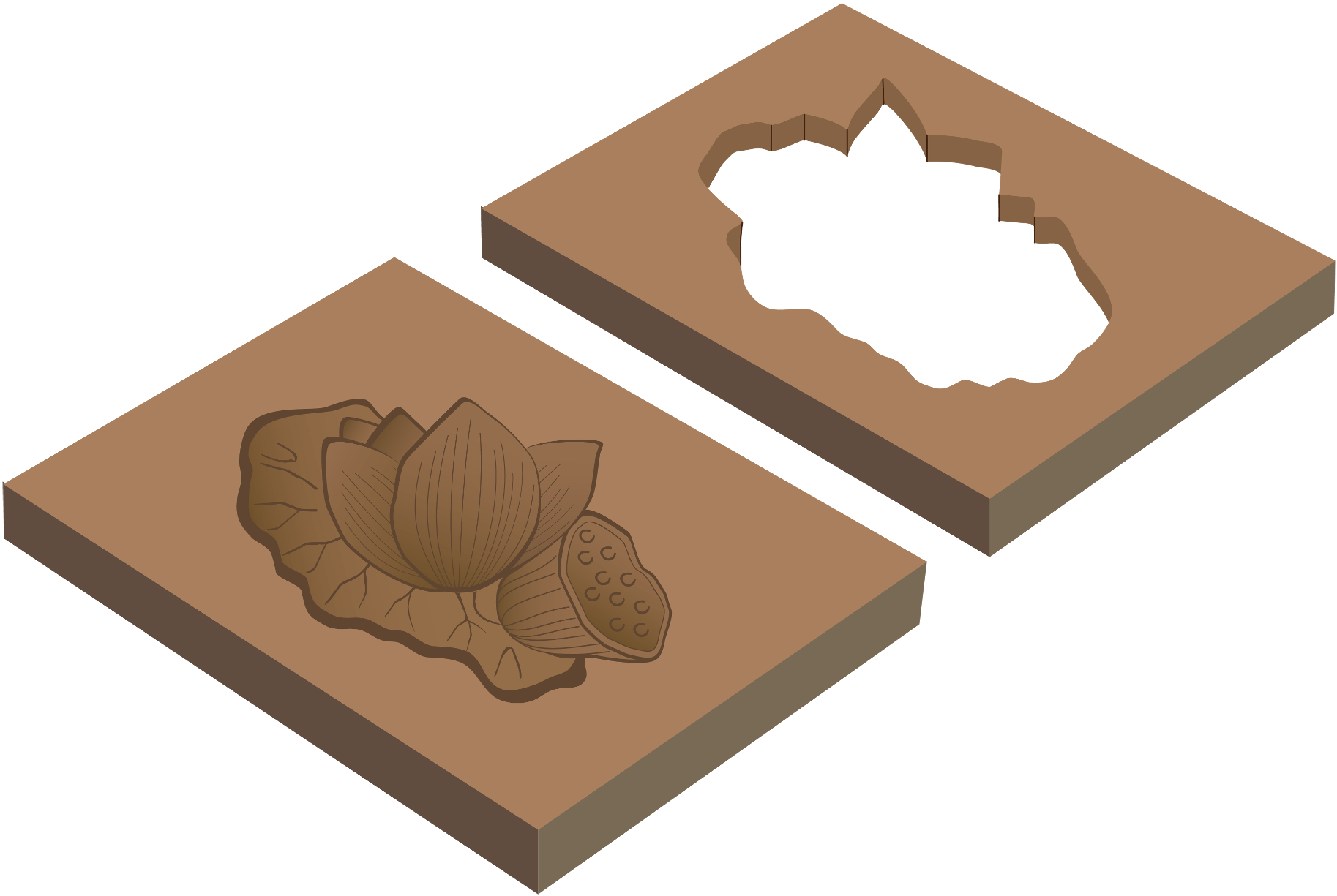
lotus
4. materials
Most of the old wooden forms are made of yamasakura (Cerasus jamasakura, a member of the rose cherry family), but it has become extremely difficult to obtain, and we have decided to use a wood with similar characteristics, taking into consideration its impact on the craftsmen who make the forms, and thus on the Japanese sweets stores. We will use birch. In Japan, the word "cherry" often refers to kaba in the fields of architecture and furniture, and it is also called kaba-sakura (birch cherry). The color may be white or pink, depending on the region of origin, but there is no clear classification as each individual tree has its own characteristics. Please understand that individual differences are inevitable because natural wood is used in all of these products, and that variations may occur depending on the production lot in order to make the most of a precious resource.
-
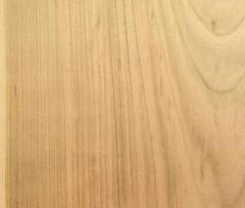
mountain cherry tree
-
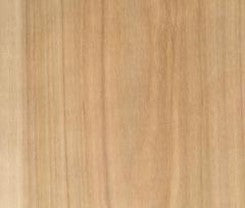
Birch Japan
-
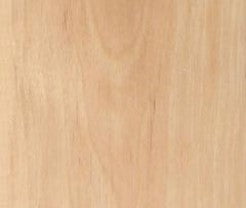
Birch North America
